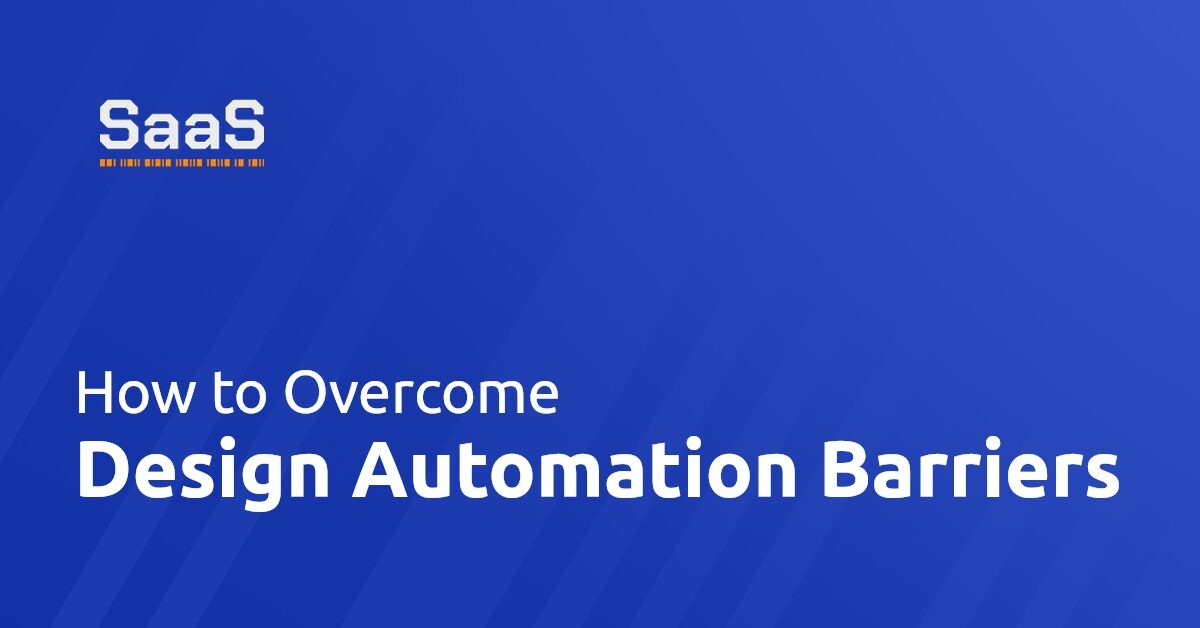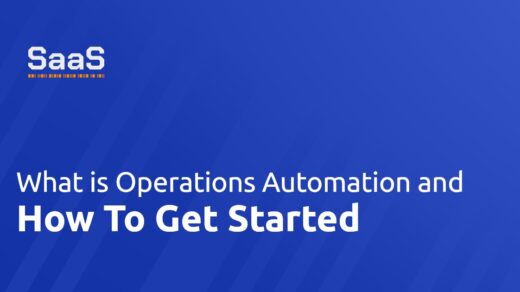How to Overcome Design Automation Implementation Barriers?
Design automation often presents with several barriers that may limit its successful implementation. Understanding these challenges provides practical solutions necessary to overcome them.
Technical proficiency is one of the main barriers. Most design automation tools require an in-depth understanding of the technology. An effective solution lies in investing in regular and updated training programs. This equips the employees with the necessary knowledge and skills, making them capable of using the automation tools effectively.
The high initial cost of implementing design automation is another stumbling block. Companies may find the cost prohibitive, dissuading them from fully embracing the technology. However, it's crucial to see design automation as an investment rather than an expense. Its long-term benefits, such as improved productivity, outshine the upfront costs.
What are the Main Obstacles to Design Automation?
Various obstacles impede the effective implementation of design automation.
One of the primary is resistance to change. Most companies rely on traditional design methods they are familiar with. Shifting to a new approach can generate opposition. Involving all stakeholders right from the project kicks off, ensures everyone understands and accepts the change. It bridges the gap between the old and the new, making the transition more palatable.
Software compatibility issues also pose significant challenges. Some design automation tools may not be compatible with existing systems, creating hitches in their integration. Choosing software that fits well with your current systems or updating these systems to accommodate the new tools is the only way around this hurdle.
Are Companies Ready to Embrace Design Automation?
As the benefits of design automation become more evident, many companies are rising to the occasion, ready to adopt the technology. While this is a promising trend, the readiness to shift paradigms varies with companies.
For most companies, the awareness and acknowledgment of the potential impacts of design automation on productivity and economic advantages is a step in the right direction. However, readiness extends beyond this recognition. It requires proactive steps towards realizing the engaging with new technology. These may include budget allocation for the technology, employee training, and putting supporting structures in place.
Unfortunately, some companies, due to the lack of necessary resources or fear of change, are still reluctant to adopt automation design. For them, the challenges appear bigger than the benefits. However, with the right approach and mindset, these hurdles can be overcome.
Strategies for Successful Design Automation Integration
Successful design automation integration calls for strategic planning and execution.
Firstly, it is important to set clear objectives and expectations. This involves identifying the areas of design that require automation and evaluating the potential benefits. A clarity of purpose makes the entire process more manageable and effective.
Secondly, choosing the right automation tool is critical. Factors to consider should include compatibility with existing systems, technical requirements, cost, and user-friendliness. Making the right choice ensures smooth integration and successful implementation.
Professional training is another vital strategy. It is essential to update the skills of your personnel to match the new technologies. This ensures that the system is well-used to realize its full potential.
Finally, monitoring and feedback are incredibly important. Keeping track of the integration process allows for the identification of any problems and adjustments where necessary. Feedback, on the other hand, provides first-hand information on how well the system is working, providing opportunities for improvement.
Every company looking forward to enjoying the significant benefits of design automation must be ready to face these challenges head-on. With the right strategies, overcoming such obstacles become part of the journey towards unparalleled productivity and efficiency.







